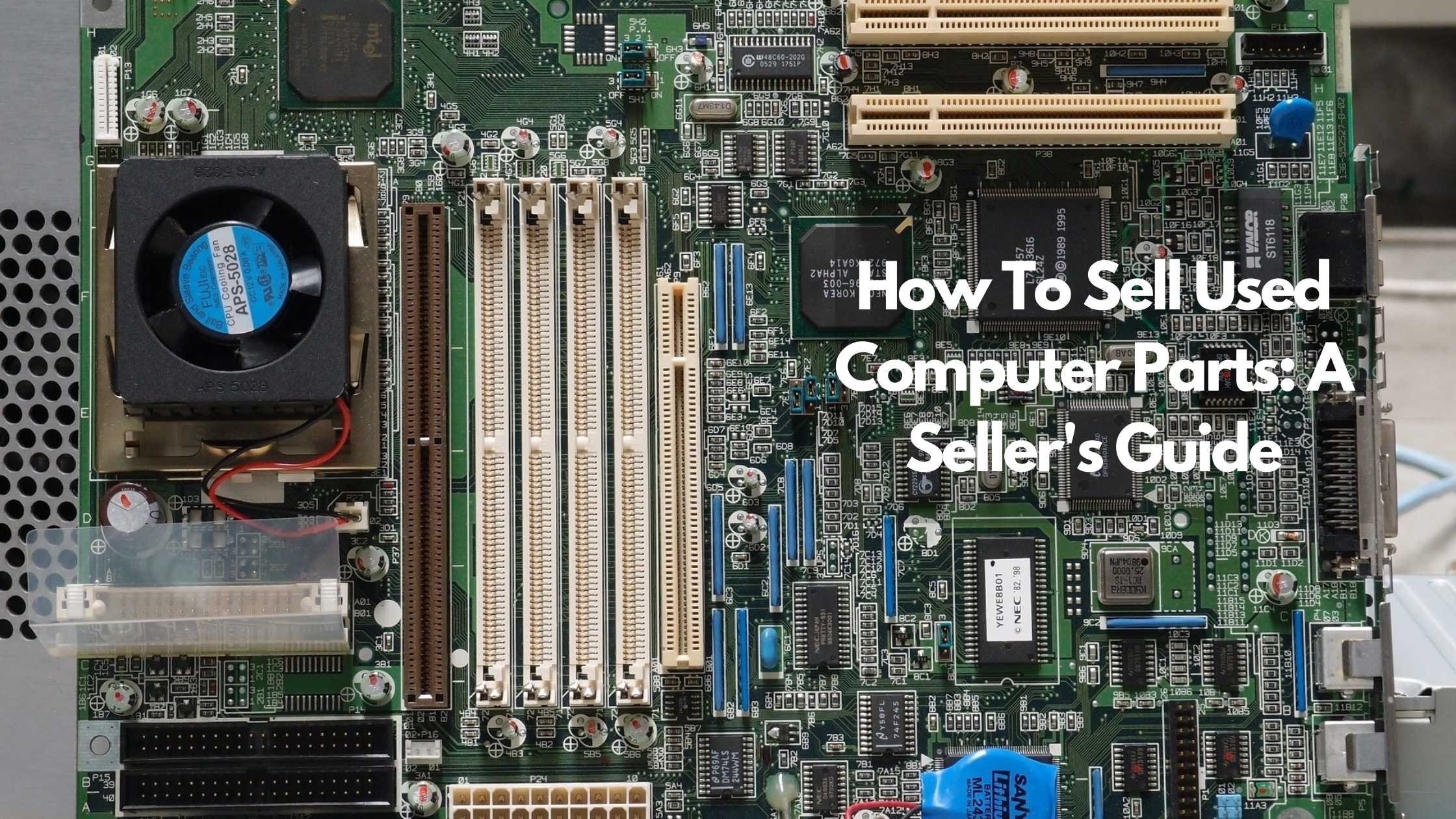
Buying And Selling Coins: A Comprehensive Guide.
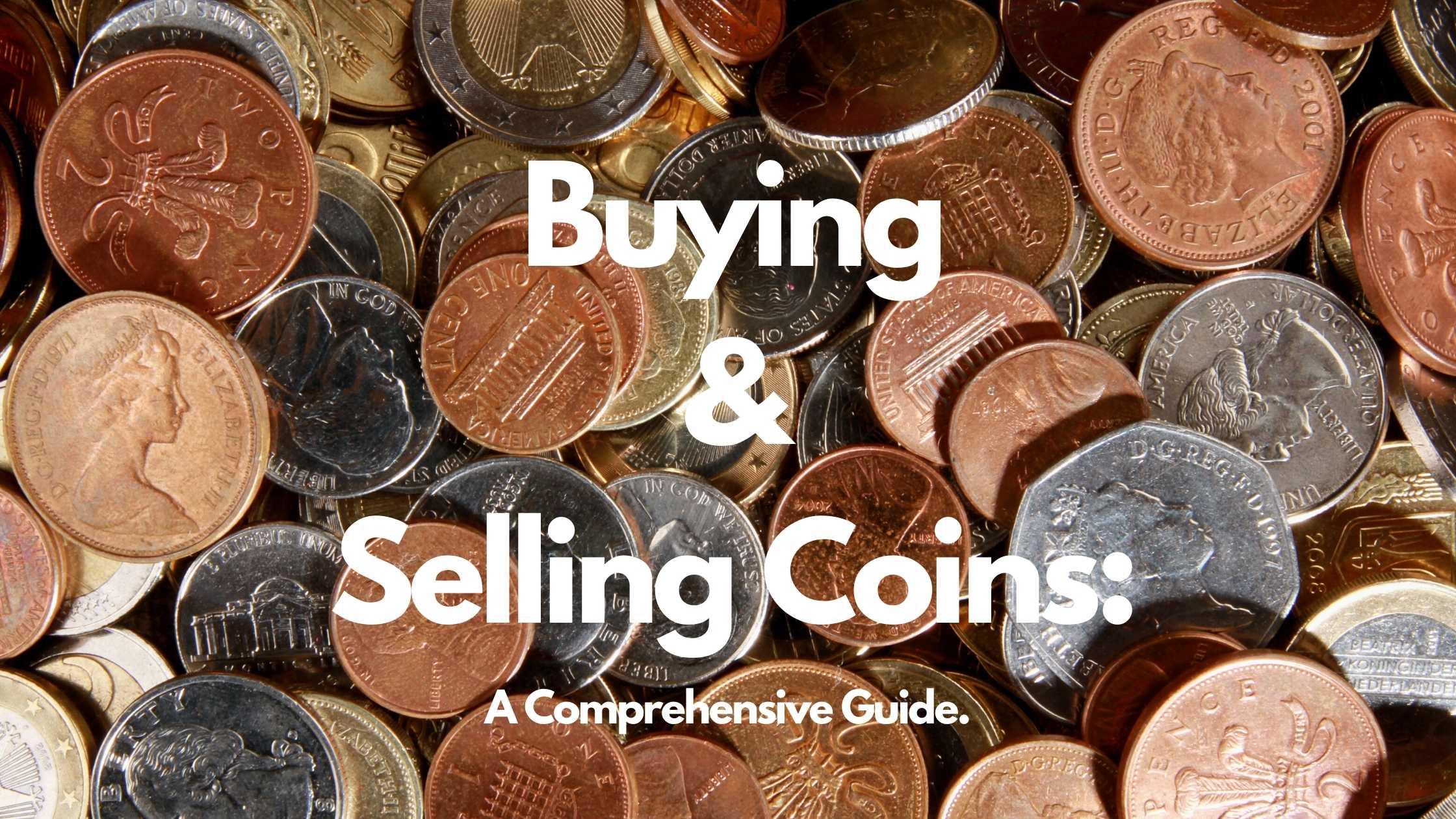
There’s a reason why buying and selling coins is one of the oldest hobbies around. It’s highly profitable if you understand the intricacies involved and how to maneuver around them.
This is a business that’s primarily anchored on trust and an impeccable reputation. As a buyer, you trust a seller to get you an authentic product. As a seller, you promise not to short change anyone, and the grader is trusted to give an accurate assessment.
We’ve skimmed every nook and cranny to deliver this factual and detailed comprehensive guide.
How to make a decent profit buying and selling coins?
To make a decent profit in this business, you’d need to first be honest and trustworthy with a high level of integrity. Secondly, you need to have a deep understanding of how the business works, what’s valuable, what’s not, how to sell, who to sell to, and much more.
A comprehensive guide to the buying and selling of coins
People collect coins for several reasons, such as:
- Nostalgia: Some people love the idea of having access to something historical or ancient. They’ve probably watched a movie about that era or have memories or stories from that time that the coins bring to the fore.
- Investment: Some coins are so valuable their demand drives up the prices, making them worth millions of dollars. To make this kind of money, you’ve got to make a series of conscious decisions like conducting thorough research.
- The thrill: Some people love the romanticism around coin collection. The prestige of having a fine collection, the adventure of tracking a piece or rare collection, and the networks they build is what gives them satisfaction.
Which coins are collectible?
The above reasons demonstrate that all sorts of coins are worth collecting as long as there’s an established interest.
Coins come with heritage, different materials, and designs from all over the world. Some collectors dabble in everything, while others prefer to build specialty in a specific type.
Below are some niches that drive collector interest.
- Time period: For this type of collector, aesthetics and condition aren’t essential, but the historical significance of the coins or coin collection. He explicitly wants coins associated with a name or event that resonates with the general public e.g., Judas 30 pieces of silver, Queen of Sheba etc
- Design: Also known as an aesthete, this collector lives for a coin’s visual appeal or themes. His main interest is beautiful coins, and it doesn’t really matter what they cost. Beyond the design, he may be hooked to the theme, for instance, birds or geometric designs.
- Type: This collector looks for all kinds of US nickels and pennies printed over the years or can be solely focused on coins from a specific country, coins in circulation according to their dates, or coins with Roman emperors.
To be successful in this venture, you must start from a point of knowledge. By essentially knowing what coins are worth, how much they’re likely to fetch, and what you need to do to secure a tidy profit.
Understanding the different collectors and what drives you will help you pick a niche to specialize and perfect.
Do extensive research on the types of coins that are on the market and what the prices are. Learn the terminologies, how the coins are described, what matters and what doesn’t.
Learn how coins are evaluated and certified and how to acquire the best ones. Authenticity is a big challenge in this sector, so be cautious.
Where to buy and sell
Start with what you have, all the coins in your possession, you never know what you might find.
Online sites like eBay have lots of transactions happening that you can participate in. Before you purchase, carry out a thorough due diligence on the seller and his product. Similarly, to sell, you should have a detailed catalog with high resolution photos and clearly worded descriptions.
Your local coin store or dealers also have vast knowledge and leads on where to look. Their pointers are especially handy if you’ve already settled on a niche.
Equally, the industry has resourceful, trustworthy individual dealers and organizations to guide you. However, there are rogue traders who you should steer clear of.
Other worthwhile avenues to trade are public auctions, coin stores, and antique shops, which now have online presence making your hunt easier. Ensure the seller offers a magnified, high-resolution, detailed viewing experience. You should be able to view all parts (including the obverse, reverse, and edge) of the coin close-up—as if you were seeing it in person.
The seller should also provide all specifications, including the coin’s place of origin, its condition, specifications, and mintage. Generally speaking, if you have any doubts about the coin you are considering buying, the best advice is to find another seller.
If you’ve got coins that you consider highly valuable or would like to reconfirm their value, consider having them graded by a reputable and trusted grader.
Finally, successful transactions are powered by the profit margin. If you can make your buying and selling decision on this basis, there’ll be plenty to smile about.
- How quickly the coin can be resold (market demand)
- How high the dollar value is (capital outlay)
- The condition of the coin market overall (market dynamics)
How do coin dealers make money?
A dealer makes money from a vast network of the right type of people. And they are the people who have coins to sell, and those who want to buy.
He concertedly tries to find collectors willing to pay the asking price. On their part, collectors want to purchase for less. So, it’s important for the dealer to have a network that’s seeking coins, with his work being to persuade and convert them.
Because a dealer is a risk taker acting as the middleman between a dozen collectors, he must be well informed. Knowledge is the key. Without information, the dealer can be deceived. The dealer must know coins back and front.
He must also be an expert in grading the coins down to the finest detail. If he can’t be trusted to know his stuff, he isn’t the kind of bridge needed between the seller and buyer.
He also knows the future of coin values. If he offers a price, he needs to know that it will one day fetch him a profit. This way, he minimizes his risk and makes money.
Learn more on how to sell your valuable coins.
Valuable resources
- Books
2019 Official Red Book of United States Coins by S. Yeoman and Kenneth Bressett,
If you’re a US currency collector, this book provides up-to-date values and auction records, educating you on the state of the modern rare coin market. Also, the book contains information on each coin’s history and specifications. You’ll learn how to grade coins, root out fakes, make wise investments, and determine how much you should expect to pay for a specific coin. This book is helpful whether you’re a hardcore collector or are simply curious about the value and history of the coins you’ve got lying around the house.
ANA Grading Standards by Kenneth Bressert
This complete and convenient guide provides the official American Numismatic Association grading standards for every US coin minted since 1793. It will explain how to grade all the U.S.coins quickly and accurately. It is the go-to resource favored and utilized by collectors, numismatists, dealers, and investors worldwide.
- Online sites
American Numismatics Society: The ANS was established to promote research and education on numismatics, encompassing coins, medals, and currencies of all kinds. It sponsors lectures, hosts exhibitions, maintains a vast coin collection, publishes books, and produces the American Journal of Numismatics. The society has also been instrumental in contributing to the development of numerous online resources and tools, including:
One of the most authoritative world coin price guides is the NGC World Price Guide. This database of world coin prices is fully searchable and covers world coins from 1600 to date.
How to store and preserve your coins?
According to Heritage Auctions, coins exposed to the air are susceptible to tarnish and more severe damage. Fortunately, you have a wide range of choices when it comes to storing them — all readily available from local and online stores that cater to coin collectors:
- Many collectors prefer to simply keep their same-sized coins in clear styrene coin tubes.
- Another choice is flexible transparent holders called coin flips. Most flips are designed with two pockets — one for the coin and another that can hold a piece of paper with information about the coin. They are available in a variety of sizes.
- You can also place coins in individual cardboard holders lined with Mylar, which are usually less expensive and easier to find than flips.
- Coins are positioned in the middle of the holder, on the Mylar window, and held in place when the cardboard is folded over. The holders are usually stapled on three sides to keep coins from slipping out. (Use a pair of pliers to flatten the staples against the card so that they can’t scratch other coins.)
- Keep your oldest and most valuable coins in rigid plastic holders. They are more expensive than other coin holders, but they offer adequate protection against scratches and further damage. You can get plastic holders for individual coins or for small sets of coins.
- Hold coins by their edges.
- Always handle coins by their edges and, if possible, wear cotton or polyethylene (but not latex) gloves.
- Gloves protect the metal from corrosive oils and acids on your hands.
- This is particularly important with proof coins, which have a mirror-like surface.
- Any mark on them can disfigure the coin and lessen its value.
- Lay coins on cushioned surfaces.
- When it’s necessary to set a coin down outside its holder, always place it on a clean, soft surface.
- A velvet pad is an ideal surface and can be an invaluable asset when you regularly need to handle valuable coins.
- A clean, soft cloth or a blank piece of paper is usually sufficient for less valuable items.
- Never drag coins across any hard surface, because you are likely to scratch or damage the raised areas.
- Don’t polish old coins.
- You can use a gum eraser to shine up those pennies in your pocket before giving them to your children or grandchildren. Though too much running is not advisable.
- Certain kinds of light tarnishing are considered part of a coin’s value. Removing it can diminish its worth.
- Gently wash a dirty coin.
- Removing surface dirt from a coin is about the only cleaning that should be done.
- To remove surface dirt, gently wash the coin using a mild liquid soap in lukewarm distilled water. (Don’t use tap water; it contains chlorine, which can cause corrosion.)
- Rinse off any remaining soap with a cotton ball dipped in distilled water.
- After cleaning, use another cotton ball dipped in acetone to remove any grease that may remain on the surface.
- Use acetone — like all solvents — only in a well-ventilated area. Air-dry the coins on a paper towel.
If you’re thinking about selling online, consider listing on Sheepbuy. On the basic tier, you can have up to three active listings at any given time, free of charge. You also won’t pay a commission on sales. For more information on Sheepbuy’s tiers, click here.
Also, learn more about how to make money selling online.
Conclusion
To succeed and make profits in buying and selling of coins you’ve got to know the value of coins especially the coins that you’re going to be transacting.
Discover what drives other collectors and dealers. Everyone is in it to make something from each transaction –a win-win situation.
Recommended Blog Posts:
TRENDING


Online Arbitrage for Beginners (Step-by-Step Guide)
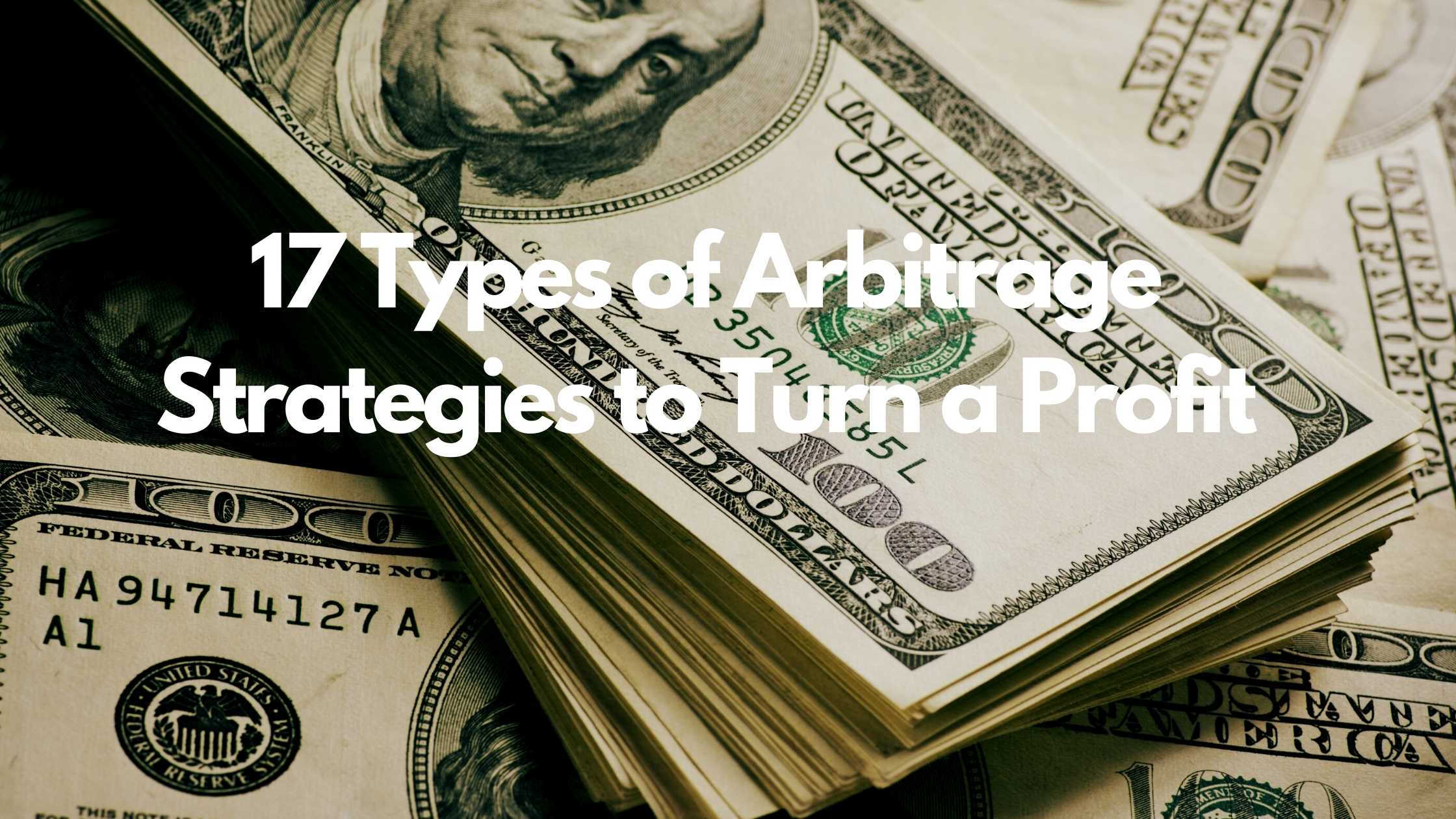
17 Types of Arbitrage Strategies to Turn a Profit
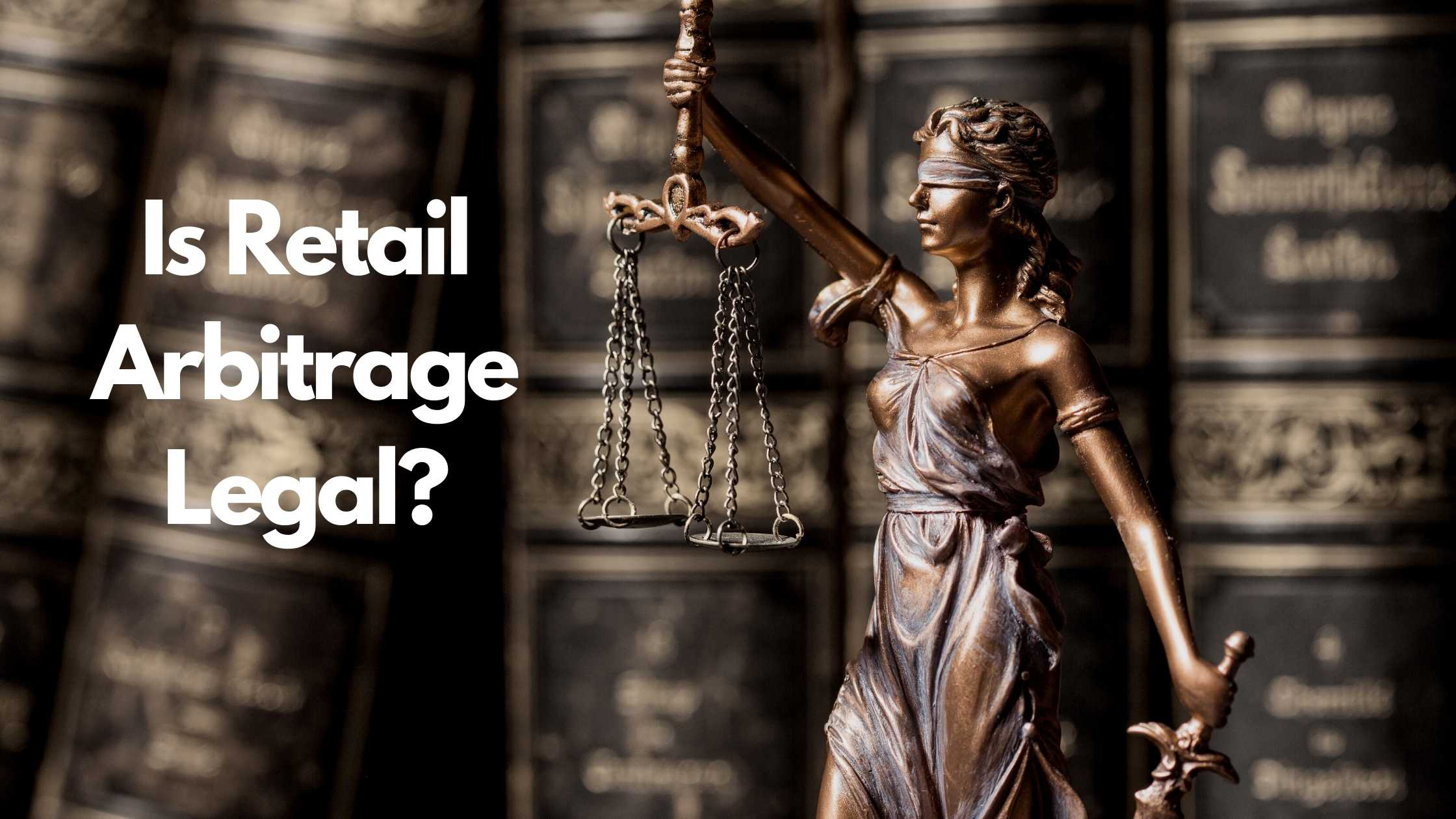
Is Retail Arbitrage Legal?
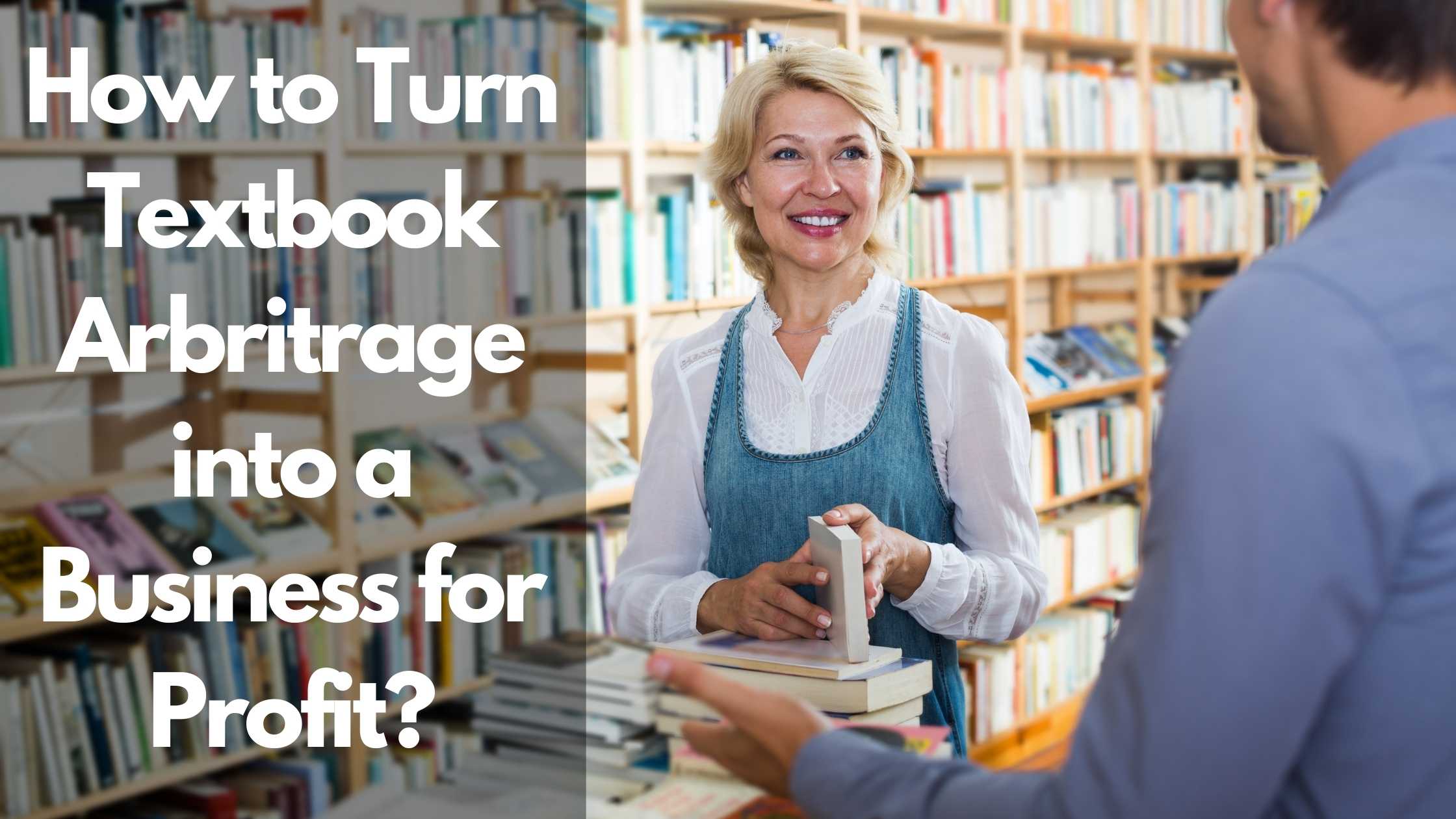
How to Turn Textbook Arbitrage into a Business for Profit

How Can You Tell if a Book is a First Edition?
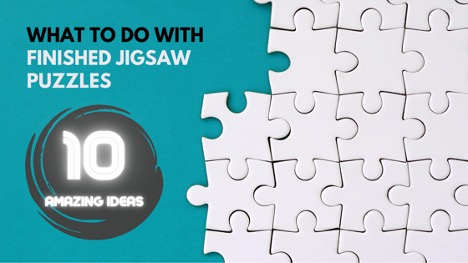
What to Do With Your Jigsaw Puzzle When Finished?
